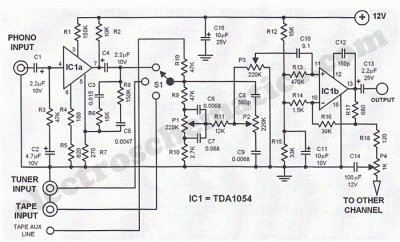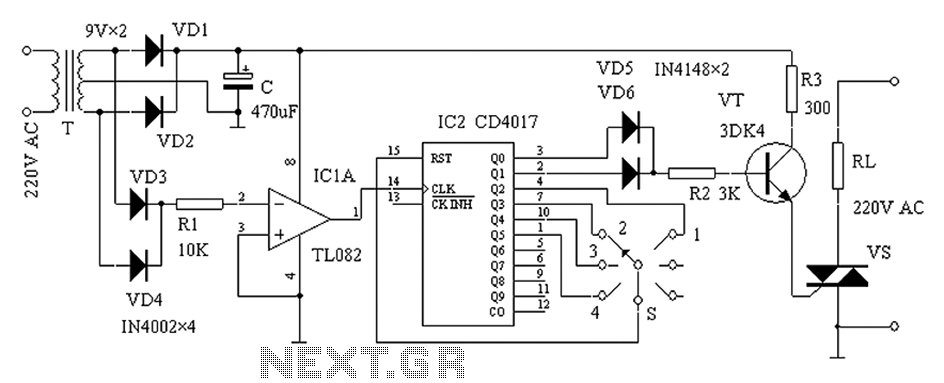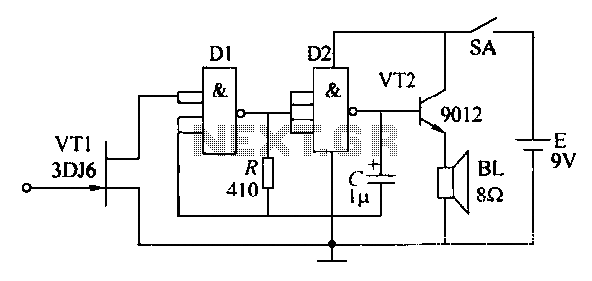
Breaker control signal circuit of the electromagnetic actuator

Factories and enterprises operating at voltages of 10 kV and below commonly utilize the CD10 (formerly CD2) type electromagnetic actuator as a circuit breaker. This mechanism features a mechanical anti-jump device. The control signal circuit for the CD10 actuator is illustrated in Figure 6-70. In this figure, wc represents the control for a small bus; WL indicates a light for the small bus; WF denotes a small flash signal bus; WAS corresponds to the accident sound for the small bus; w0 signifies the closing gate for the small bus; SA controls the switch; KM is the circuit breaker QF closing contacts device; YR is the trip coil; YA is the electromagnetic closing coil; KA is for the export of relay contacts; Hi represents the green indicator light; H2 is the red LED; and R3 serves as a discharge resistor.
The CD10 electromagnetic actuator is integral to the operation of circuit breakers in low-voltage applications, particularly in industrial settings. The actuator's design incorporates a mechanical anti-jump device, ensuring reliable operation and enhanced safety. The control signal circuit, as depicted in Figure 6-70, outlines the various connections and functionalities essential for effective circuit management.
The circuit includes multiple components that facilitate the operation of the actuator. The small bus control (wc) is crucial for managing the flow of signals to the actuator, while the light indicator (WL) provides visual feedback regarding the status of the small bus. The flash signal bus (WF) is used for alerting operators of specific conditions, and the accident sound bus (WAS) serves as an auditory warning system in case of faults or emergencies.
The closing gate control (w0) is responsible for the physical actuation involved in closing the circuit, while the switch control (SA) allows for manual intervention when necessary. The circuit breaker (KM) acts as a safety device, ensuring that the electrical circuit is interrupted in case of overloads or faults. The trip coil (YR) and electromagnetic closing coil (YA) are critical for the actuation mechanism, providing the necessary electromagnetic force to operate the breaker.
Relay contacts (KA) facilitate the communication between various components of the circuit, allowing for coordinated operation. The green indicator light (Hi) provides a visual cue that the system is functioning correctly, whereas the red LED (H2) indicates a fault or an operational issue. Finally, the discharge resistor (R3) is employed to safely dissipate any residual charge in the circuit, ensuring that the system remains safe for maintenance and operation.
Overall, the CD10 actuator and its associated control circuit play a vital role in the safe and efficient operation of low-voltage electrical systems in industrial environments.Factories and enterprises lOkV and below the circuit breaker commonly used CD10 (formerly CD2) type electromagnetic actuator. This type of mechanism itself has a mechanical ant i-jump device. Adopt breaker control signal circuit CD10 Actuator type shown in Figure 6-70. Figure, wc for the control of small bus; WL for a light indicating a small bus; WF is a small flash signal bus; WAS the accident sound small bus; w0 is closing the gate a small bus; SA controls switch; KM circuit breaker QF closing contacts device; YR to the trip coil; YA electric magnetic closing coil; KA for the export of relay contacts; Hi for the green indicator light; H2 red LED; R3 is a discharge resistor.
The CD10 electromagnetic actuator is integral to the operation of circuit breakers in low-voltage applications, particularly in industrial settings. The actuator's design incorporates a mechanical anti-jump device, ensuring reliable operation and enhanced safety. The control signal circuit, as depicted in Figure 6-70, outlines the various connections and functionalities essential for effective circuit management.
The circuit includes multiple components that facilitate the operation of the actuator. The small bus control (wc) is crucial for managing the flow of signals to the actuator, while the light indicator (WL) provides visual feedback regarding the status of the small bus. The flash signal bus (WF) is used for alerting operators of specific conditions, and the accident sound bus (WAS) serves as an auditory warning system in case of faults or emergencies.
The closing gate control (w0) is responsible for the physical actuation involved in closing the circuit, while the switch control (SA) allows for manual intervention when necessary. The circuit breaker (KM) acts as a safety device, ensuring that the electrical circuit is interrupted in case of overloads or faults. The trip coil (YR) and electromagnetic closing coil (YA) are critical for the actuation mechanism, providing the necessary electromagnetic force to operate the breaker.
Relay contacts (KA) facilitate the communication between various components of the circuit, allowing for coordinated operation. The green indicator light (Hi) provides a visual cue that the system is functioning correctly, whereas the red LED (H2) indicates a fault or an operational issue. Finally, the discharge resistor (R3) is employed to safely dissipate any residual charge in the circuit, ensuring that the system remains safe for maintenance and operation.
Overall, the CD10 actuator and its associated control circuit play a vital role in the safe and efficient operation of low-voltage electrical systems in industrial environments.Factories and enterprises lOkV and below the circuit breaker commonly used CD10 (formerly CD2) type electromagnetic actuator. This type of mechanism itself has a mechanical ant i-jump device. Adopt breaker control signal circuit CD10 Actuator type shown in Figure 6-70. Figure, wc for the control of small bus; WL for a light indicating a small bus; WF is a small flash signal bus; WAS the accident sound small bus; w0 is closing the gate a small bus; SA controls switch; KM circuit breaker QF closing contacts device; YR to the trip coil; YA electric magnetic closing coil; KA for the export of relay contacts; Hi for the green indicator light; H2 red LED; R3 is a discharge resistor.





